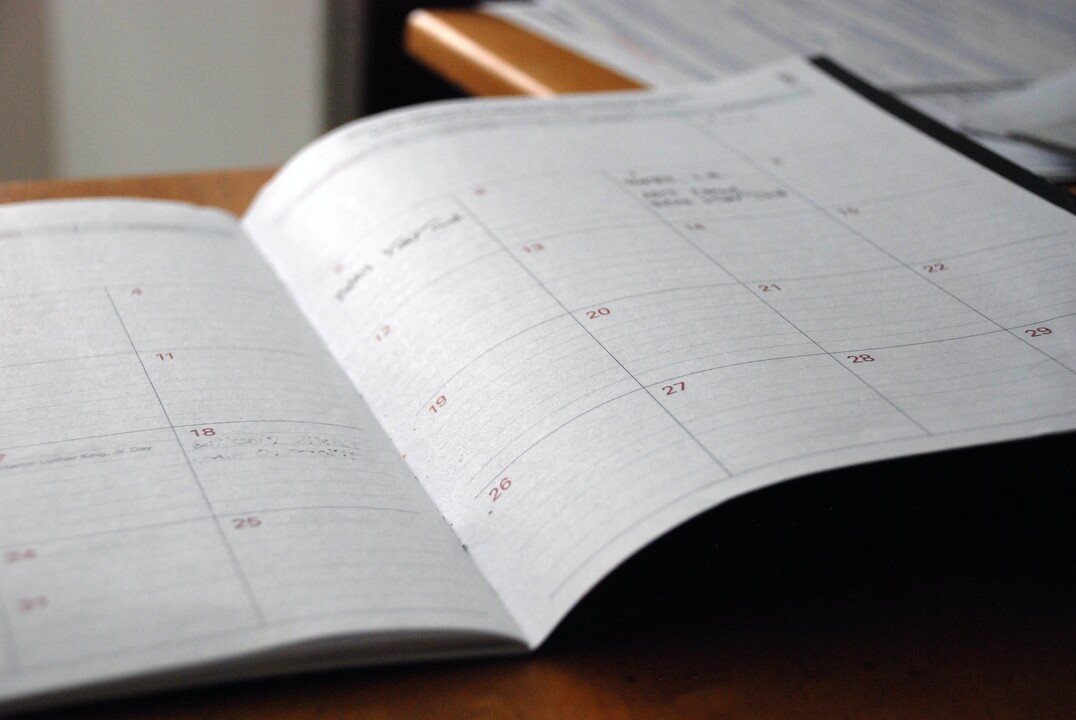5 Best Practices to Improve Your Sales Emails
I love email. I think it’s a very effective communication tool. It is flexible, allowing recipients to filter and view their emails on their time, in a manner that’s convenient to them. It makes information transfer easy—copy, paste, send, done! It creates a nice paper trail for reference and accountability later. And it leaves little room for misunderstanding (although it happens).
That said, I think we take a few too many liberties with this medium. There’s no denying email can be a wonderful communication channel, but it becomes problematic when it is our primary communication channel.
A lot of great ideas (and terrible ones) are sent via email, but there’s also a lot of noise. How many email messages do you get per day? How many of them are necessary? How many could be handled with a phone call instead?
I’m willing to bet that right now you have at least three threads going that could have been eliminated with a 2-minute phone call, and at least half dozen other messages that are one word long. You may even have emails in your inbox (or outbox) that are WAY too long. Who will actually take the time to read those? You probably have a cluster of junk email you could unsubscribe to and not miss at all and an email bookmarked that you genuinely care about that is buried by that pile of junk mail.
Sound familiar?
Your prospect’s email inboxes are likely similar to your own. It’s no wonder so many messages don’t receive a response (or even get opened in the first place!) Most of them aren’t worth the effort.
The abuse has to stop. You need to rethink the way you use email.
Here are my tips from personal experience:
Be brief.
Respect the Inbox. If you have a lot of information to cover, send an email to schedule a meeting or a phone call.
Bullet points are golden.
The average attention span is about 8 seconds… Bullet points are a great way to summarize the high points of your email so that your recipient can skim and respond easily.
Attach a document if necessary.
Can’t distill your thoughts into a few bullet points? Attach a document to the email with the detailed explanations for further review.
Be clear in your subject line.
Let the recipient know what it is you’re writing about and what action you want them to take when they read your email. Before writing your subject line, consider the recipient. Why would they open it? What do I want them to do with it?
For example, if a subject line starts with “FW: FW: FW:,:” a recipient will likely be skeptical of an email. If it starts with something clear and action oriented like “Please Review: Document Name” or “Signature Needed: Contract Name,” it is very clear that attention and action is needed.
Also, always change the subject line when you change topics or start a new thread. It really helps for searching and review later.
Use “Reply All” with extreme caution.
Though it doesn’t often apply to our sales emails, think twice (maybe three times?) before clicking ‘reply all.’ It’s an electronic death spiral, and the more this feature is used and abused insides your organization, the less effective the entire thing becomes. Does everybody in the company need to see your reply that you got the message?
p.s. This is a great article that covers email etiquette and best practices. It’s worth the read.
Jeff Bajorek
Real. Authentic. Experience.
There’s a big difference between knowing how to sell and being able to. Jeff Bajorek spent over a decade in the field as a top performer. He’s been in your shoes. He knows what it will take. He can help you succeed.






